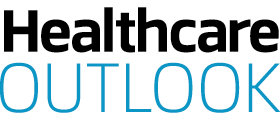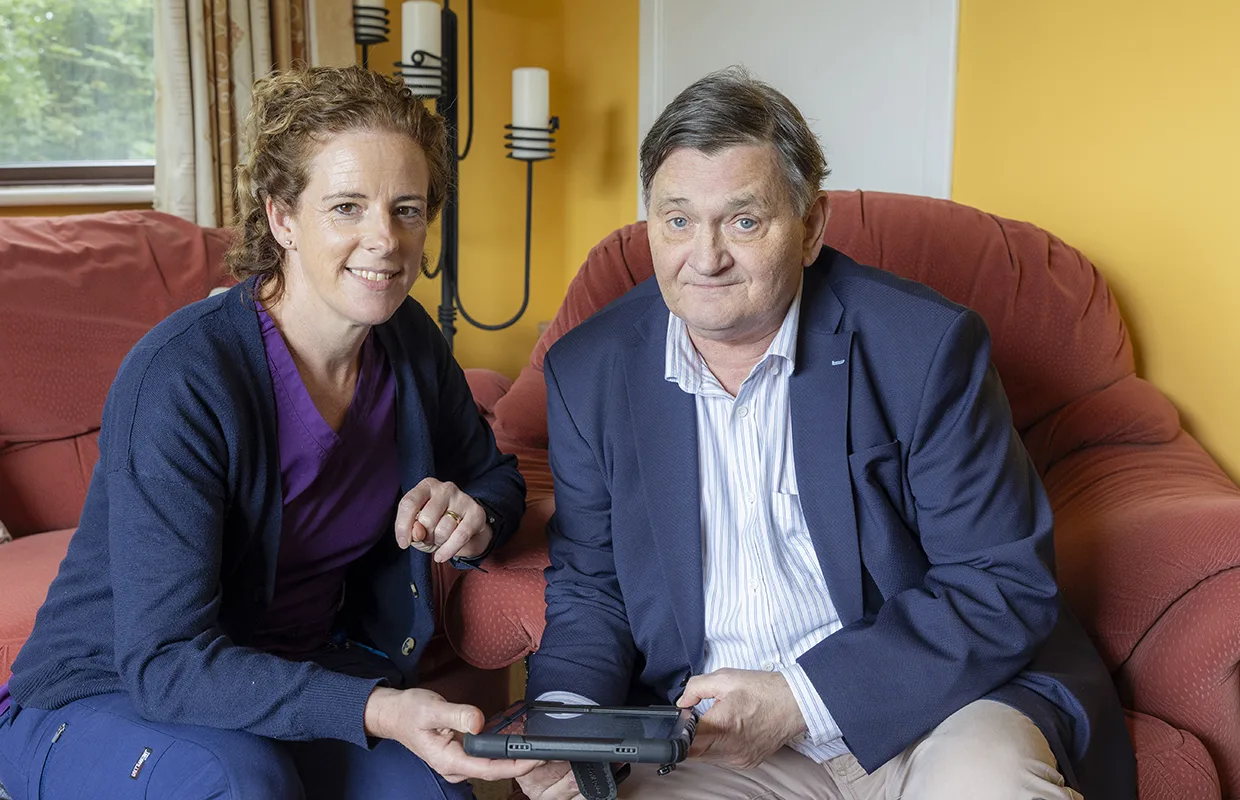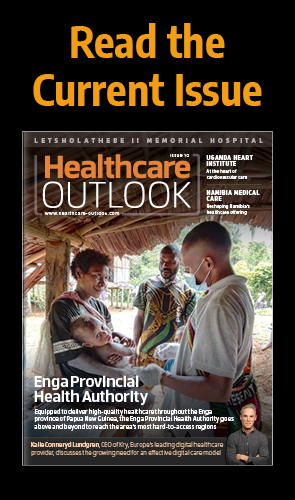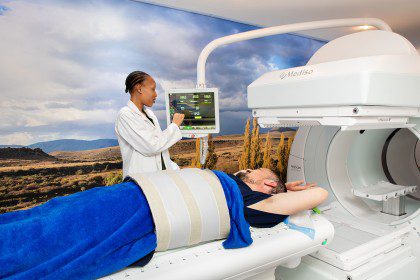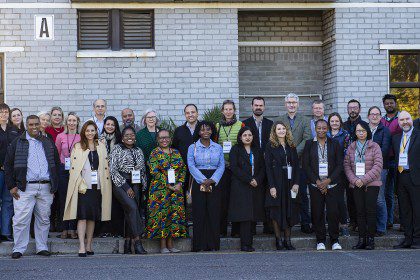Seeking to address society’s greatest challenges, market-leading technology company, Cisco, offers a vast portfolio of innovations to industries across the globe, with its flagship virtual hospital research initiative providing an effective digital healthcare solution.
BRIDGING THE DIGITAL DIVIDE
Widely recognised as a leading MedTech hotspot, Galway in Ireland anticipates the arrival of the world’s first virtual hospital following Cisco’s virtual hospital research initiative.
Representing the future of medicine, virtual hospitals present healthcare providers with the potential to alleviate pressures on existing physical infrastructure, such as hospital sites and clinics, by empowering their patients with virtual means of care.
Not only can this care be specifically tailored to patients’ needs, but it can also significantly reduce associated costs. An early value assessment (EVA) study on virtual ward platform technologies carried out by the National Institute for Health and Care Excellence (NICE) revealed a direct correlation between the use of virtual technologies and an estimated cost saving of £872 per person when compared with inpatient care, and a saving of £115 per person when compared with at-home care.
The establishment of this exciting new healthcare initiative in Ireland began as a joint venture between Cisco, the University of Galway, and the CÚRAM Science Foundation Ireland (SFI) Research Centre for Medical Devices.
The virtual hospital project closely aligns with Ireland’s ambitious 10-year health and social care reform drive, Sláintecare, which seeks to avoid unnecessary hospital admissions in favour of supporting patients at home.
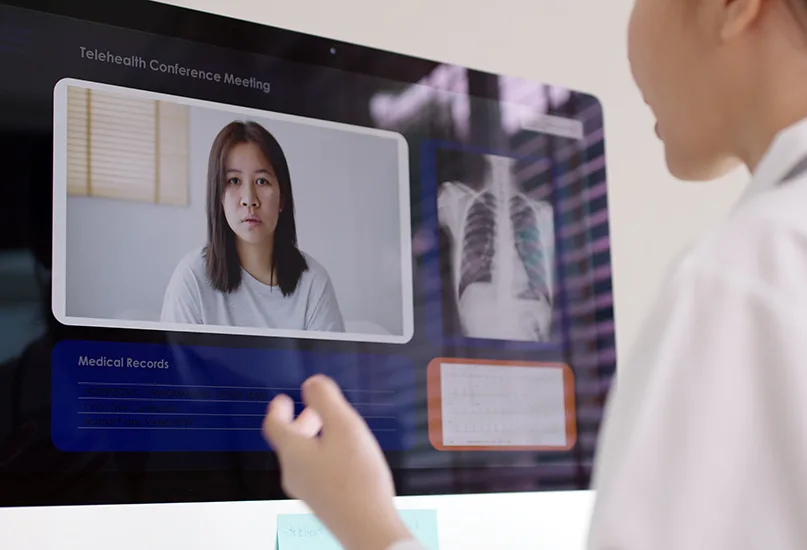
PUTTING CARE IN PATIENTS’ HANDS
Powered by technology from Cisco, the objectives of the virtual hospital research initiative include increasing access to services and improving outcomes for patients. It also seeks to provide individuals with the ability to play an active role in their own recovery.
Designed to allow patients to monitor their own progress, virtual platforms will also enable direct access to educational materials and provide patients with the ability to participate in their own healthcare decision-making processes in collaboration with clinicians.
The initiative unites multiple clinical areas and stages of treatment to provide a seamless care delivery channel. These range from virtual outpatient clinics for remote appointments to community care pathways for enhanced monitoring of conditions such as chronic obstructive pulmonary disease (COPD).
POWERED BY INNOVATION
To connect patients with their healthcare providers, Cisco has implemented network and mobile data connectivity, cybersecurity, Webex devices, and application visibility solutions for the project, delivering mission-critical digital infrastructure to power operations.
Meanwhile, myPatientSpace and patientMpower, mobile health apps powered by Cisco’s networking infrastructure, provide the virtual hospital project with a digital platform through which patients can track key health metrics and monitor symptoms from home.
Through these apps, real-time dashboards display information on a patient’s condition, alerting medical professionals to changes and enabling early detection of symptoms that require treatment.
Meanwhile, the University of Galway’s Health Innovation via Engineering (HIVE) Lab has developed a range of digital care solutions for local patients, enabled by Cisco’s technologies such as integrated virtual consultations powered by Webex.
These include the use of dynamic appointments in which patients with chronic conditions are fast-tracked to an appropriate outpatient clinic slot based on their unique needs.
In addition, the HIVE Lab has developed smartphone-based software that utilises artificial intelligence (AI)-enabled cameras to help monitor patients’ rehabilitation exercises, ensuring they are being carried out effectively to aid rapid post-operation recovery.


ALLEVIATING PRESSURES
Currently leading the way in tackling rising pressures across Ireland’s healthcare system, the virtual hospital research initiative offers reduced workloads for staff and alleviates financial burdens.
It is hoped that an overall improvement to health infrastructure will lead to increased rates of staff retention whilst optimising the use of existing healthcare resources.
Carried out in conjunction with the University of Galway, so far, the initial set-up stage of the project has saved approximately 350 inpatient admissions or ‘bed days’, with individuals instead being supported at home via a virtual care pathway.
A TECHNOLOGY-ENABLED FUTURE
The development and eventual roll-out of virtual outpatient clinics is hoped to support thousands of patients with diabetes, COPD, heart failure, and atrial fibrillation with virtual care pathways across the Galway region.
The virtual hospital project builds on the foundations laid by other healthcare studies supported by Cisco. Its Country Digital Acceleration (CDA) programme, for example, partners with business and government leaders to steer national digital agendas as well as support local communities through tailored, ethical, and innovative technology solutions.
The CDA programme includes the recent Home Health project on Clare Island, located off the west coast of Ireland, which utilises telemedicine to assist the ageing populations in this isolated area.
Examples of innovative care solutions used in the project include smart wearables to track vital signs, drones to fly in prescriptions, virtual reality (VR) headsets to deliver training for nurses, and a robotic dog to triage emergency health issues.
With myriad healthcare technologies at its fingertips, it is hoped that Cisco’s virtual hospital project is a sign of things to come, ushering in a bright future for Ireland’s healthcare landscape.
